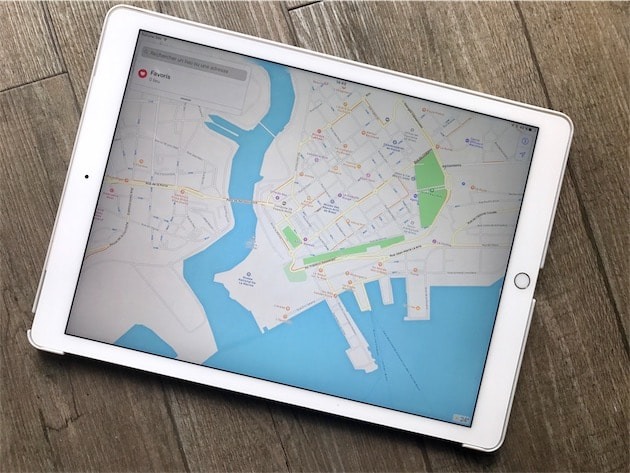A months-long, quasi-scientific test of the three leading car navigation apps — Apple Maps, Google Maps, and Waze — found that Apple's software regularly overestimates trip times, which may help drivers arrive on time or even early.
Relative to Google Maps, Apple's estimated trip times were typically 8 percent longer, according to Artur Grabowski, a senior manager at Adobe who said he spent "the majority" of 2017 collecting data on the three apps. On the other end, however, real arrival times with Apple Maps were on average 1 percent faster than the software predicted.
"In other words, Apple sandbags its estimates so that users on average arrive at the predicted time or slightly sooner," Grabowski commented. He argued that the company is being "intentionally conservative" in order to provide a good user experience.
Apple's error-adjusted estimated trip times were on average 5 percent higher than Google Maps, though Google's own Waze had a 6 percent gap.
"If you want to get to your destination most quickly, use Google Maps," Grabowski concluded. "If you want an accurate prediction from your navigation app to help you arrive at your destination on time, use Apple Maps. If thinking you'll get to your destination quickly helps to ease your commuter anxiety, use Waze."
The executive admitted though that all of his testing was done in the San Francisco Bay Area, and that a third of the routes were for his city commute. He also acknolwedged that companies are constantly changing their routing algorithms, and that different driving behaviors could impact times.
Over five years since its introduction, Apple Maps largely remains in the shadows of Google Maps, which is the most-downloaded navigation app on the iOS App Store. Waze is number two.
 Roger Fingas
Roger Fingas








 Charles Martin
Charles Martin
 Christine McKee
Christine McKee
 Wesley Hilliard
Wesley Hilliard
 Malcolm Owen
Malcolm Owen
 Andrew Orr
Andrew Orr
 William Gallagher
William Gallagher
 Sponsored Content
Sponsored Content







26 Comments
Not a terribly revealing study, but perhaps interesting if you live in SanFran.
Not clear tho if he's saying Google Maps typically offers a faster route than Apple maps, particularly since he doesn't say it's not offering an accurate travel time, nor that of Waze either. Only that he's not arriving later than predicted by following Apple Map routing.
EDIT: OK it's clearer now after looking at the source. Google Maps is creating more time-efficient routes for him...
in San Francisco.
"Adjusted for prediction errors, not only does Google Maps outperform its competitors, Waze is actually the worst performing of the three."
So that’s what Adobeman quasi-scientifically concluded after a year, and he wished to put his name to it? Completely anecdotally, I just used iPhoneX and AppleMap for driving directions in a strange city (Charleston, South Carolina). Quite pleased with both voice and quickly legible graphics detailing what lane you should be in well in advance. Made rush hour less of a stress. Easy to quit app too. Much improved from old version, when I envied my friend’s GoogleMaps.
I’ve got exactly the same experience in The Netherlands.
If I want an accurate prediction, I consult Apple Maps. It’s consistently more conservative than either Google Maps, Waze or NAVIGON. And mostly more accurate as well.
The efficiency of the ride is about the same for either one, but I like the accurate rush hour detour of Apple Maps. It’s mostly even better than Google Maps.
However, Google Maps is still more aware of names of public places, although Apple Maps improved greatly after adding the Foursquare database.